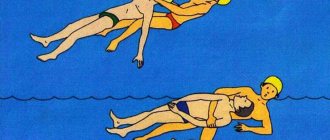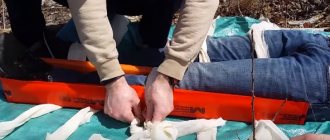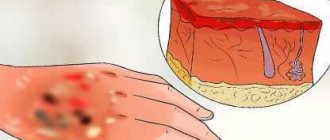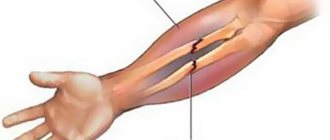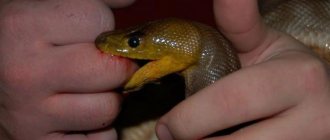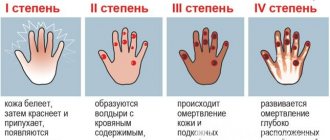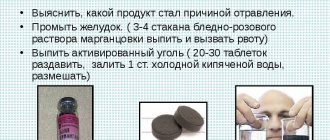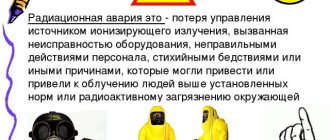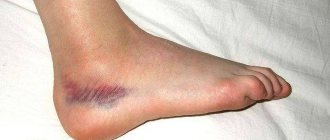Cardiac arrest sometimes occurs unexpectedly. It can be caused by heart disease and other pathologies. First, coma occurs, then hypoxia develops. The victim must be given first aid in case of cardiac arrest, otherwise he will die. Rehabilitation measures are carried out in accordance with current medical requirements.
First, coma occurs, then hypoxia develops.
Procedure
Providing first aid in case of cardiac arrest must be carried out in accordance with the current requirements for them. First you need to assess the person's condition. It is necessary to check whether he is conscious, whether there is a heartbeat and breathing. If the victim is in a dangerous situation (fell on the roadway, etc.), then help him take a safe position.
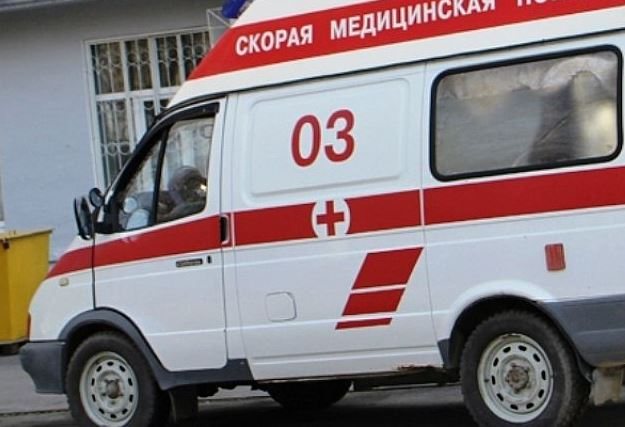
When calling the medical service, you need to provide as much information as possible to the dispatcher.
The next step is to call the medical service. You need to provide as much information as possible to the dispatcher. It is best if someone else calls, and in the meantime you check whether the heart muscle is contracting.
If a person is not only unconscious, but also not breathing, he has no pulse, it is necessary to begin resuscitation. When stopping, apply indirect massage, artificial ventilation and alternate them.
CPR Action Plan
- We pay attention to the safety of the approach to the victim.
- We check the victim's consciousness - no.
- We call an ambulance.
- We examine the oral cavity.
- We check for the presence of heartbeat and breathing - none.
- We perform indirect cardiac massage with artificial ventilation of the lungs until the ambulance arrives or the person regains consciousness (reacts to your actions, coughing, groaning, breathing and heartbeat appear).
security check
We check whether there is a threat from above, below and on the sides - heavy objects that can fall on you, wires, wild animals, slippery floors and many other factors that can not only prevent you from performing resuscitation, but also put your life at risk.
Consciousness check
The first step is to make sure that the victim is unconscious. To do this, you don’t need to hit him in the face, just grab him by the shoulders and loudly ask him something. Immediately pay attention to the people around you and ask them to assist you in saving the person.
Attention! If the victim feels bad in front of you, then after you are convinced that he is unconscious, you should immediately check the pulse in the carotid artery (more details in the fifth paragraph). In the absence of a pulse (exclusively in the absence of a pulse), you should give the victim a precordial blow.
Calling an ambulance
From a landline number 03, from a cell phone 103 or 112. Read more about how to call an ambulance and talk to the dispatcher correctly.
Inspection of the oral cavity
We examine the oral cavity to determine whether there are foreign objects in it that impede breathing. If there are foreign objects (including vomit, mucus, pieces of food), we clean it with gentle movements of a finger wrapped in gauze or any other fabric. Pay attention to the position of the tongue so that it does not fall into the throat, thereby closing the path for air.
Checking for pulse and breathing
Absence of heartbeat indicates cardiac arrest. The pulse should be checked in large arteries - to do this, place a couple of fingers on the common carotid artery (to the left or right of the Adam's apple, two centimeters under the jaw). Practice on yourself. Please note that in infants, the heartbeat should be checked by pressing the fingers to the inside of the arm, slightly above the cubital fossa.
Indications for resuscitation measures:
- Artificial ventilation of the lungs - in the absence of breathing for 5 seconds.
- Indirect cardiac massage - in the absence of a pulse for 10 seconds.
To test breathing, gently tilt the victim's head back (by pressing on the forehead and lifting the chin), then place your cheek against their nostrils to feel, hear, or surprise their breathing. Position your head on the patient so that your gaze is directed at his chest so that you can see its movement.
In addition, the presence of breathing can be checked by holding a mirror to the patient’s nostrils - if condensation does not form on it, then there is no breathing. However, this method can let you down; it is much more reliable to use your own senses - sight, hearing and touch.
Causes and symptoms
Due to the fact that the heart suddenly stops beating, people of pre-retirement age most often die if they do not receive help. Risk factors for cessation of contractions are the following pathologies:
- pathologies of the circulatory system. Violations may be associated with stress, increased physical activity;
- respiratory problems;
- anaphylactic shock;
- stroke or heart attack;
- the appearance of blood clots.
Timely actions will help avoid complications, but the heart may stop beating due to external factors. These include mechanical damage to the chest area, electric shock, as well as thermal or solar damage, and large blood loss.
You can begin first aid for sudden cardiac arrest if you have the following symptoms of clinical death:
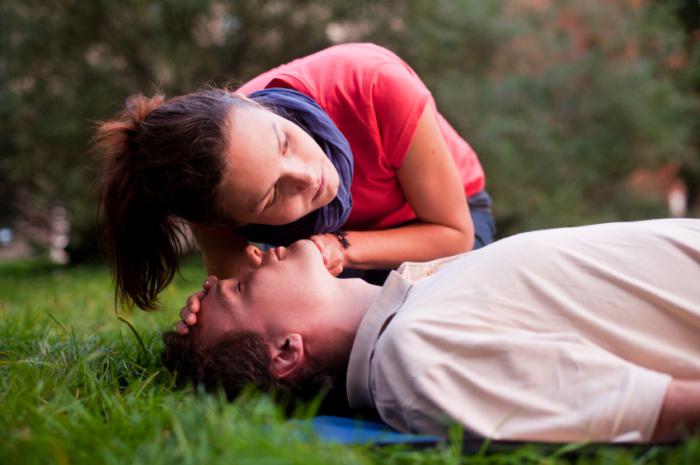
The person stops breathing.
- the person suddenly loses consciousness. At the same time, they note the lack of reaction to any stimuli;
- the pulse disappears. To check for its presence, you need to place two fingers on the carotid artery in the neck;
- the victim is not breathing. This can be understood by the fact that the chest does not move;
- the pupils become wide, and there is no reaction to light;
- the skin becomes pale and may acquire a bluish tint.
If these symptoms are present, then a stop has occurred. It is imperative to call emergency doctors, and before they arrive, try to start the heart on your own.
Indications for cardiac massage (signs of clinical death)
The following symptoms are direct indications for starting primary resuscitation measures (cardiopulmonary resuscitation):
- Unconscious state.
- Absence of pulse in the peripheral and carotid arteries.
- Lack of breathing or its agonal type (frequent, superficial, convulsive, hoarse).
Additional signs: significant dilation of the pupils (weak reaction to light) and pale or blue discoloration of the skin.
First aid for cardiac arrest
After calling an ambulance, you must begin to independently restore the heart muscle. However, remember that any action can be taken only if there is no breathing, no pulse, and the person does not regain consciousness. With normal fainting, the muscle does not stop and it continues to beat.
In addition, cardiac muscle massage should not be used if there is a fracture of the chest, skull, or with cancer. In other cases, the heart muscle can be resuscitated. Resuscitation actions when stopping it include the following assistance algorithm:
- place the person on a level place;
- tilt your head back a little and open your jaw;
- if there are foreign objects or mucus in the throat, they are removed using a cloth wrapped around a finger;
- alternate artificial respiration and massage.
Artificial respiration
To restore breathing activity, close the nostrils with your fingers, take the chin with the other hand and deeply inhale air inside. This must be done twice.
Indirect cardiac massage
The next stage of reviving the heart when it stops is indirect massage. To do this, one palm is placed crosswise on the other and placed in the middle of the chest. Indirect massage, as a means of emergency rehabilitation, involves performing 15 pressures.
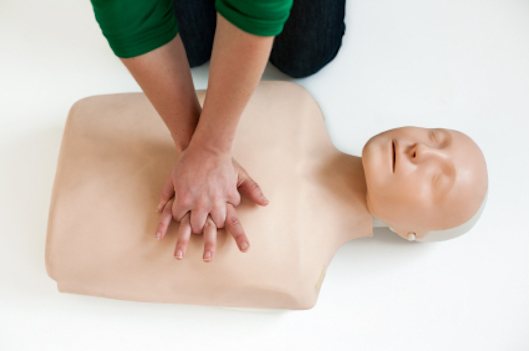
One palm is placed crosswise over the other and placed in the middle of the chest.
They should be energetic, but care should be taken not to break the ribcage. After 15 pressures, ventilation of the lungs should be carried out again, alternating these measures to help stop the heart muscle.
Direct cardiac massage
This type of resuscitation cannot be performed without medical training. Only a trained doctor can properly activate a muscle using direct massage.
If a person suddenly loses consciousness, does not respond to stimuli, does not breathe, and a pulse cannot be felt, it is necessary to call doctors. Before the ambulance arrives, try to resuscitate the victim yourself. Activities include chest compressions and artificial ventilation. They should alternate until signs of life appear.
Emergency assistance to save lives
If you witness situations involving clinical death, do not be afraid to provide first aid. The algorithm for diagnosing and performing resuscitation actions is simple, and the benefits of even not entirely accurate actions will be enormous: you will help save human life.
Let's consider what resuscitation consists of during cardiac arrest and what you need to know to carry it out correctly.
Before performing chest compressions or other resuscitation procedures, ensure the patient is in the correct position. If this rule is not followed, the success of measures to save a person will be minimal.
Place the patient's back on a hard, smooth surface. This position will allow the airways to open as much as possible. At the same time, pay attention to the condition of the person’s oral cavity. It is necessary to remove from it everything that interferes with the natural respiratory process: dentures, food particles, mucous and vomit, and fragments of teeth.
Place the victim's head in a tilted position so that the chin is vertical. Move the lower part of the jaw forward and secure it with your hand. This way you can prevent the tongue from retracting, as well as the penetration of air space into the stomach cavity, which will interfere with the effectiveness of resuscitation efforts.
Emergency care includes chest compressions and artificial respiration.
When performing pulmonary resuscitation, you must adhere to the following sequence of actions:
- Pinch the patient's nose;
- Inhale deeply, collecting as much air as possible into your lungs;
- Capture the victim's lips completely with your mouth and exhale twice.
Note!
Try to completely cover the victim’s lips with your mouth to prevent air from escaping!
If you do everything correctly, the victim's chest will rise as you inflate and then fall. If there are no such movements, check to see if there is anything in the airways that is interfering with their normal patency.
In parallel with pulmonary resuscitation, it is necessary to perform indirect cardiac massage.
Note!
If the heart has stopped, cardiopulmonary resuscitation is carried out only in the complex.
After the rescuer has taken 2 breaths, he needs to quickly kneel next to the patient. With your left hand, measure a distance from the end of the chest equal to two fingers placed horizontally. The right hand is placed on the left in a cross.
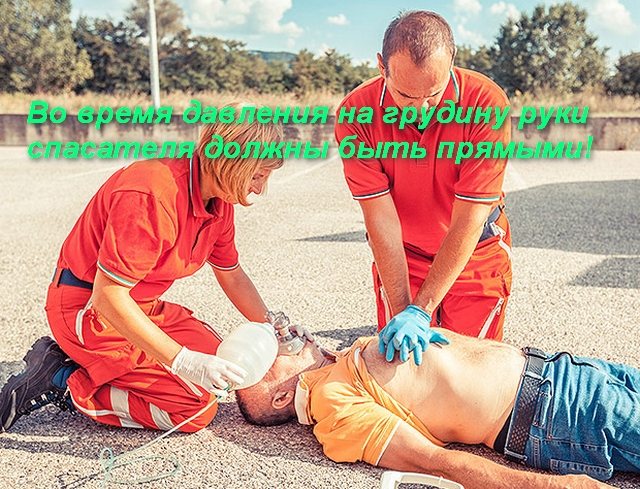
Note!
When applying pressure to the sternum, the rescuer's arms must be straight!
Indirect cardiac massage looks like clear pressure on the victim’s sternum in order to “wind up” the heart muscle, which is located between the spinal column and the chest. The patient's chest is pressed 15 times, alternating the massage with two breaths of artificial respiration.
Remember the important rules when artificially compressing the heart muscle:
- While applying pressure, you must not tear your hands away from the victim’s sternum;
- 1 pressure should correspond to 1 second;
- After exposure to the sternum, its bend should be at least 5 cm.
If these rules are followed, massage will allow the heart to perform its usual functions: pump blood through the aorta to the brain and lungs. As soon as the pressure stops, blood again accumulates in the heart cavity.
Note!
After the procedure has been performed twice, stop resuscitation and check for pulse and breathing. If they do not appear, continue resuscitation until emergency services arrive or vital signs return.
If resuscitation procedures are performed by 2 people, then each rescuer must perform one technique. At the same time, the ratio of the number of breaths and pressure on the sternum changes: 1 blow to 5 presses.
Note!
If the victim begins to breathe, but there is no heartbeat, perform exclusively a massage of the heart muscle. If the pulse becomes palpable but there is no breathing, continue pulmonary resuscitation only.
As soon as the vital functions of the body are restored, resuscitation actions are stopped. Before the arrival of doctors, the indicators of the victim’s condition are recorded.
Note!
If, half an hour after cardiac arrest, resuscitation techniques are unsuccessful, it means that irreversible changes have caused brain death and led to death.
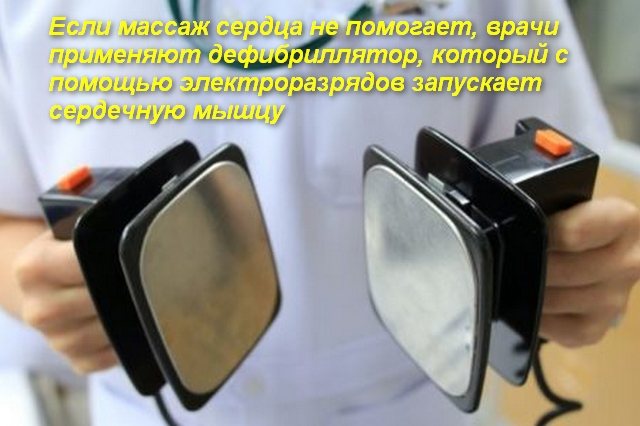
What complications can there be?
Cardioversion is a powerful electrical stimulation of the heart that can produce both positive and negative results.
That is why lengthy preparation, correction of concomitant pathologies and mandatory selection of patients based on contraindications are carried out.
Mild side effects (ECG changes, burns, muscle pain) go away on their own within a few hours.
More serious deviations require treatment, and sometimes emergency action.
Possible complications are indicated in the table:
| Consequence | In percentage terms | Prevention or therapy |
| Mild myocardial injury | 10-35 | They disappear on their own within one hour. |
| Increase in indicators of myocardial disorders in the blood | 7-10 | No therapy is required, normalization lasts no more than 5 days. |
| Heart failure | less than 5 | Asystole lasts no more than 5-10 seconds. |
| Bradycardia (slow heart rate) or tachycardia | 3-5 | Requires administration of atropine or beta blockers. |
| Ventricular fibrillation | less than 1 | A repeated discharge is applied with increasing energy. |
| Pulmonary edema | 2-3 | Therapy is being carried out in intensive care. |
| Collapse (confusion, severe physical inactivity) | 3 | Treatment with drugs in the intensive care unit. |
| Thromboembolism | 1-2 | Treatment with thrombolytic agents, surgery. |
| Stroke | less than 1 | Anticoagulant therapy before and after the procedure. |
How to recognize sudden cardiac arrest
All signs appear sharply and unexpectedly:
- the person suddenly loses consciousness and falls,
- during the couple he breathes convulsively, and then his breathing stops completely,
- the pulse cannot be felt even in large vessels,
- the face becomes pale,
- Some people may experience seizures.
Rarely, cardiac arrest is preceded by:
- pain or discomfort in the chest,
- increased heart rate,
- breathing problems,
- weakness throughout the body.
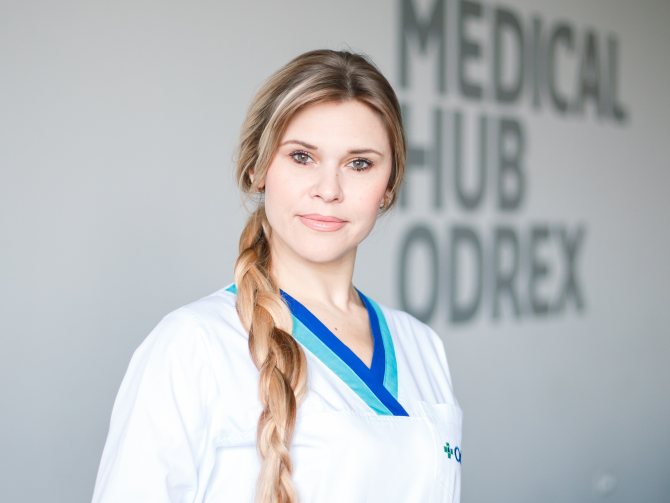
Symptoms
The fact that the victim has suffered cardiac arrest will be indicated by 5 main symptoms. They include:
- Loss of consciousness. The victim stops responding to sounds and stimuli;
- No pulse. They check it through the carotid artery. To do this, the index and middle fingers are applied to the neck at a distance of 2.5-3 cm from the thyroid cartilage. This is a very serious sign;
- Stopping breathing. Determined by the absence of characteristic movements of the chest;
- Dilated pupils. It is necessary to lift the upper eyelid and shine a flashlight into the eyes. If the pupils are very dilated and do not react to light at all, this is an alarming sign;
- The skin acquires a bluish or pale gray tint. This is primarily typical for the facial area.
In some cases, another sign may be the appearance of body cramps. All these symptoms are very important, and if they are present, it is necessary to begin providing first aid.
Causes of sudden cardiac arrest
One of the reasons is heart rhythm disturbances, which are called arrhythmia. They occur when the electrical system of the heart does not work properly.
The main task of this system is to control the rhythm and frequency of contractions of the heart muscle. If disturbances occur in this system, the heart begins to beat too fast, too infrequently, or irregularly. This is usually harmless and goes away quickly, but in some cases it leads to sudden cardiac arrest.
In 90% of cases, the heart stops due to ventricular fibrillation: rapid and erratic electrical impulses cause the ventricles to beat erratically and inefficiently instead of pumping blood evenly.
It is extremely rare that the heart stops in a completely healthy person. But it usually happens to people who have had heart disease but may not have known it.
Sudden cardiac arrest most often occurs in:
- people with coronary heart disease, cardiomyopathies or congenital heart disease;
- those who have already suffered a heart attack,
- in patients with heart valve diseases and primary heart rhythm disorders.
In addition, cardiac arrest can also be caused by non-cardiac problems, such as trauma, breathing problems (due to airway obstruction, drowning, smoke inhalation), or overdose of medications or narcotic substances.
conclusions
The life of a patient with cardiac arrest largely depends on the actions that others will take. Timely and high-quality premedical care significantly increases the chances of survival and further restoration of higher nervous activity.
The principles of prehospital resuscitation are very simple and can be done by almost anyone. Medical care is provided using a larger arsenal of means and medications.
The following sources of information were used to prepare the material.
When a person's heart stops, the threat of death is greatest. There are many reasons why the “motor” stopped working: hypothermia, lack of oxygen, ischemia, hemorrhagic or anaphylactic shock. A state of clinical death can also be provoked by an accident, acute poisoning of the body, lightning strike, electric current, cardiovascular failure, myocardial infarction, or traumatic brain injury. First aid for cardiac arrest has a very short time factor (5-6 minutes). How to do everything right and not cause harm?
Emergency assistance from the medical team: what is the algorithm of action?
To provide emergency care in case of sudden cardiac arrest, a special cardiology team arrives on site, whose task is to carry out advanced resuscitation measures and immediately transport the patient to the hospital. It works according to a protocol that includes the following sequence of actions:
- Checking vital signs and making a diagnosis. For this purpose, a wider arsenal of equipment is used, including an electrocardiograph. It is necessary to exclude other causes of clinical death, such as bleeding or blockage.
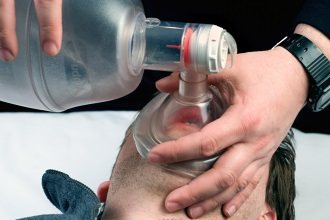
Resumption of conductivity of the upper respiratory tract. To ensure maximum oxygen supply, they are intubated.- Resuscitation measures are carried out according to the same algorithm as indicated above, but for mechanical ventilation they use breathing masks, an Ambu bag or a ventilator.
- In the presence of atrial fibrillation or ventricular fibrillation on the ECG, the question of using defibrillation is raised.
- Drug support is provided by intravenous or intracardiac administration of drugs such as Adrenaline (1 ml 0.1% in 19 ml NaCl 0.9%) and Cordarone (in the presence of arrhythmias, 300 mg IV).
